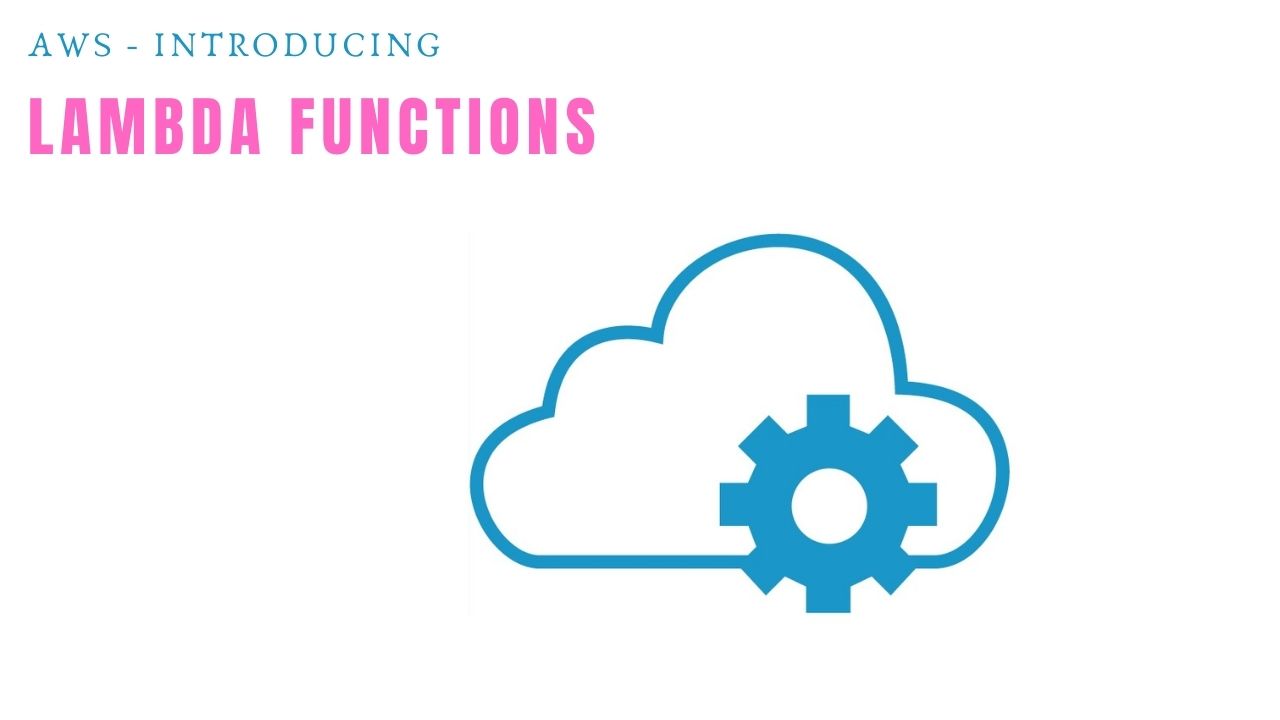Experiencing the AWS lambda functions

Thunderbolt is a set of AWS lambda functions for AWS resources scheduling. It is part of a bigger AWS project I am working on, named ParadigmShift, which was intended to be a global and high level AWS resources scheduler, it is well documented in the link above.
First things first : AWS
AWS is a cloud provider which provides a large list of services (databases/server/IA/storage/…).
AWS Lambda is a FAAS (Function As A Service) which allows you to run small code with a total abstraction of the under-layers. To be clear, you can put your code in the service and then trigger it by multiple ways. Lambda is the core of the serverless model on AWS.
Thunderbolt
What is it?
Thunderbolt is a set of 3 lambda functions — because that were the three functions I needed when I created the project — used to manipulate Amazon RDS (SQL database), Amazon EC2 (Server), Amazon AppStream (application streaming). The manipulations are basically, power on/off and change instance type (number of cpus, memory allocated, …) when relevant.
Why ?
In fact Thunderbolt is used as a git submodule in a bigger AWS project named ParadigmShift. ParadigmShift was intended to be a global and high level AWS resources scheduler, it is well documented in the link above.
How ?
Even if it is included in a bigger scheme, the project actually can be deployed as is. The deployment is insured by AWS cloudformation which is a powerful IaC (Infrastructure as code) integrator. So pragmatically you can describe your resources in a text file and the CloudFormation service will interpret and generate your requests.

Technical side
A sample of the deployment script which uses an AWS Cloudformation template (SAM template to be accurate, but this is in the same idea).
1
2
3
4
5
6
7
8
9
10
11
12
13
14
15
16
17
18
19
20
21
22
23
24
25
26
27
28
29
30
31
32
33
34
35
...
echo "-------- Create SAM bucket --------"
# Create the S3 bucket (storage in cloud as filesystem) which will be used for the deployment
aws s3api create-bucket \
--bucket $bucket \
--region $region \
--create-bucket-configuration LocationConstraint=$region \
--profile $awsprofile
echo "-------- Deploy lambas --------"
# Create the build
sam build --profile $awsprofile
# Package the build in the created bucket
sam package \
--s3-bucket $bucket \
--output-template-file build/package.yml \
--profile $awsprofile
# Finally deploy the resources on the targeted AWS account
sam deploy \
--template-file build/package.yml \
--stack-name $project \
--capabilities CAPABILITY_NAMED_IAM \
--region $region \
--tags Project=$project \
--profile $awsprofile \
--parameter-overrides \
Project=$project \
CLEANUP
trap - EXIT
A sample of the template which describes the lambda that handles the RDS and its role. The role is assigned to the lambda and allows the manipulation of other AWS services.
1
2
3
4
5
6
7
8
9
10
11
12
13
14
15
16
17
18
19
20
21
22
23
24
25
26
27
28
29
30
31
32
33
34
35
36
37
38
39
40
41
42
43
44
45
46
47
# describe the role: the rights on others AWS services and resources which can be affected
rdsLamdaRole:
Type: AWS::IAM::Role
Properties:
RoleName: !Sub "${Project}-rds-LambdaRole"
AssumeRolePolicyDocument:
Version: '2012-10-17'
Statement:
- Effect: Allow
Principal:
Service:
- lambda.amazonaws.com
Action: sts:AssumeRole
Policies:
- PolicyName: LogsPolicy
PolicyDocument:
Version: '2012-10-17'
Statement:
- Effect: Allow
Action:
- logs:CreateLogGroup
- logs:CreateLogStream
- logs:PutLogEvents
Resource: "*"
# The important one, right to start/stop/modify RDS instance
- PolicyName: rdsPolicy
PolicyDocument:
Version: '2012-10-17'
Statement:
- Effect: Allow
Action:
- rds:startDBInstance,
- rds:stopDBInstance,
- rds:modifyDBInstance
Resource: "*"
# describe the function and give the source code path
rdsLambdaFunction:
Type: AWS::Serverless::Function
Properties:
FunctionName: !Sub "${Project}-rds-handler"
Description: rds start/stop/modify
CodeUri: src
Handler: rds-handler.handler
Role: !GetAtt rdsLamdaRole.Arn
Environment:
Variables:
Project: !Sub "${Project}"
An example of function in this RDS lambda which stops a RDS instance. The lambda is written in node.js.
1
2
3
4
5
6
7
8
9
10
11
12
13
14
15
16
17
function rds_stop(id)
{
return new Promise((resolve, reject) => {
const params = {
DBInstanceIdentifier: id
};
/*
* call to AWS SDK
**/
rds.stopDBInstance(params, function(err, data) {
if (err)
return reject(err);
else
return resolve("Success")
});
});
}
For those who whant to go further, follow the repository page.
Improve ?
Handle more services and manipulations, if they are relevant for ParadigmShift project.
 Never miss a story from us, subscribe to our newsletter
Never miss a story from us, subscribe to our newsletter